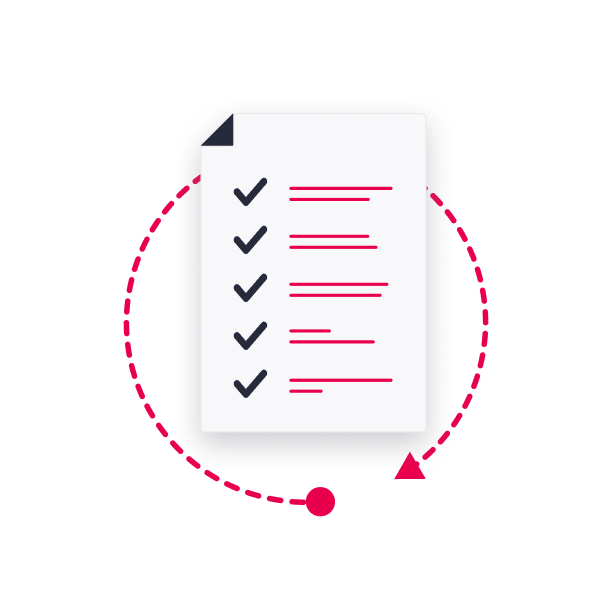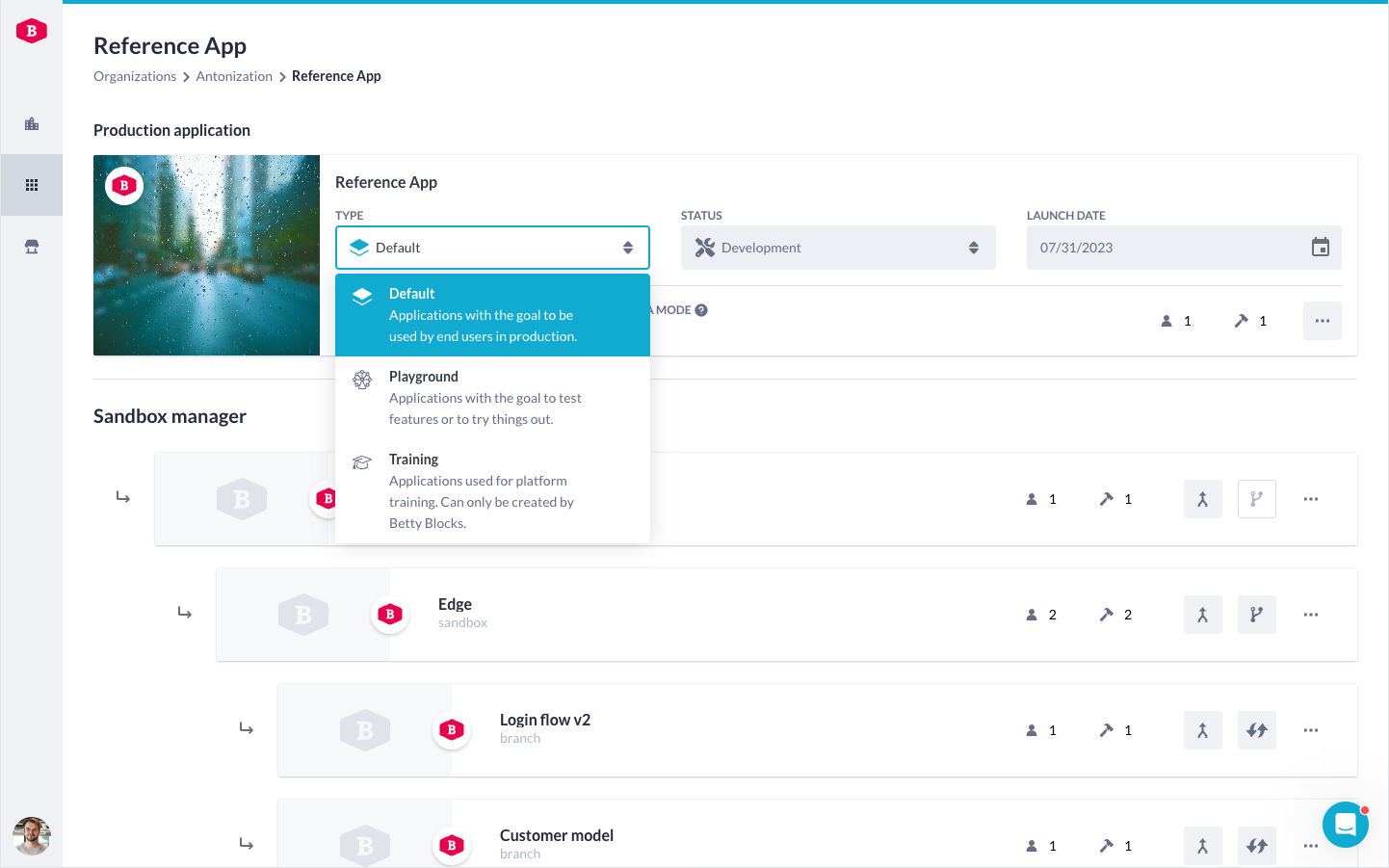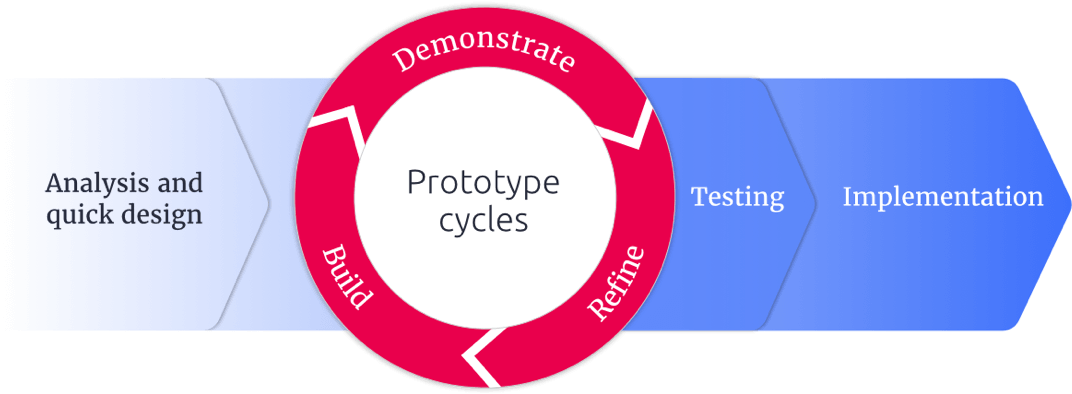Rapid Application Development
Being able to build and launch any application from prototype to final product is crucial for enterprises to innovate at a fast pace. Betty Blocks facilitates rapid application development thanks to our low-code platform and focus on business-led IT.











